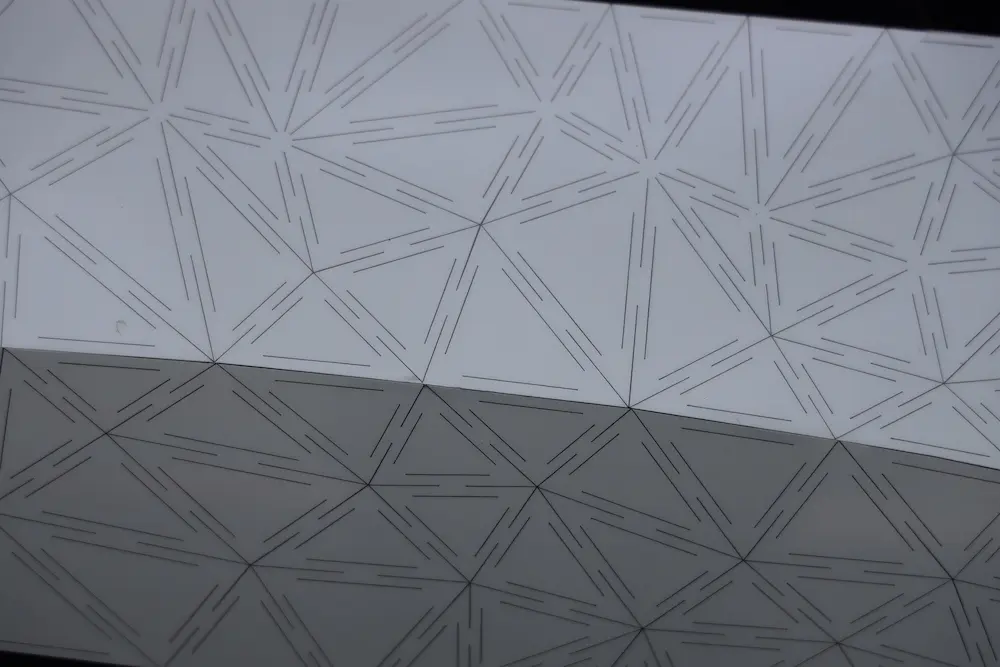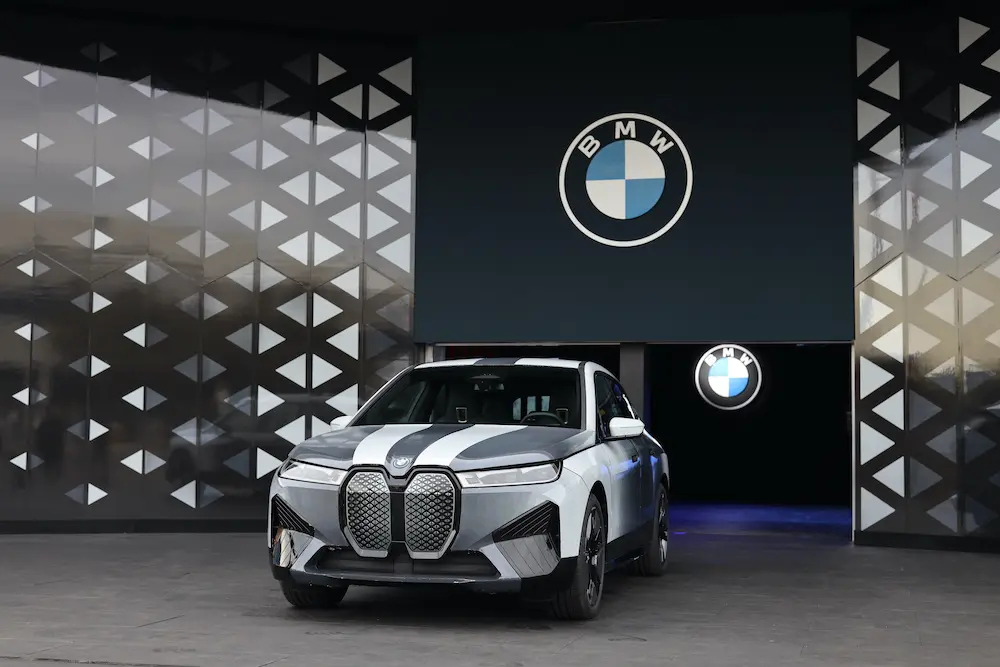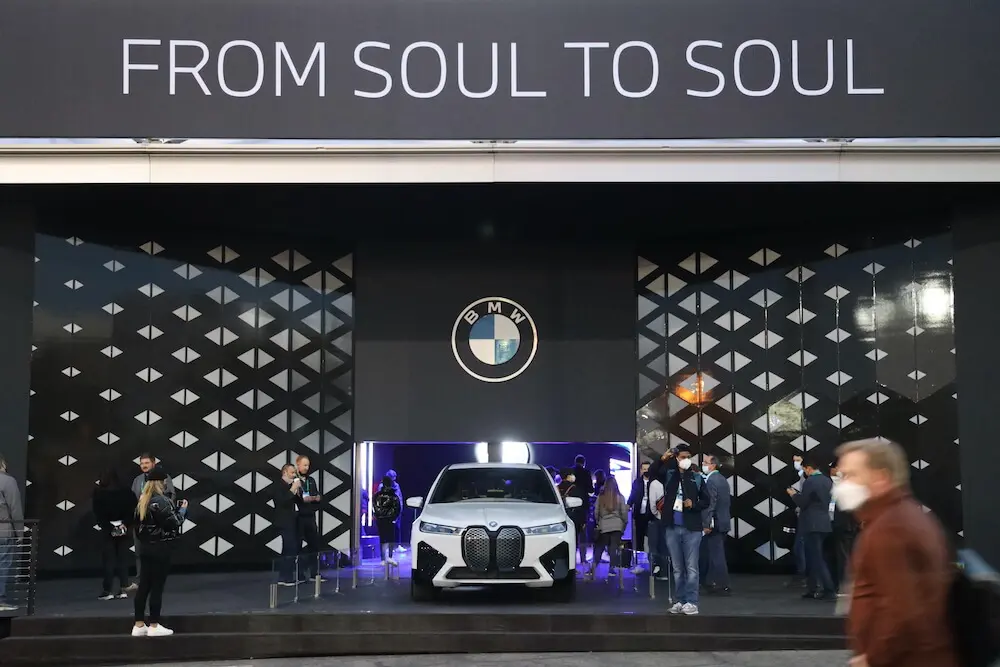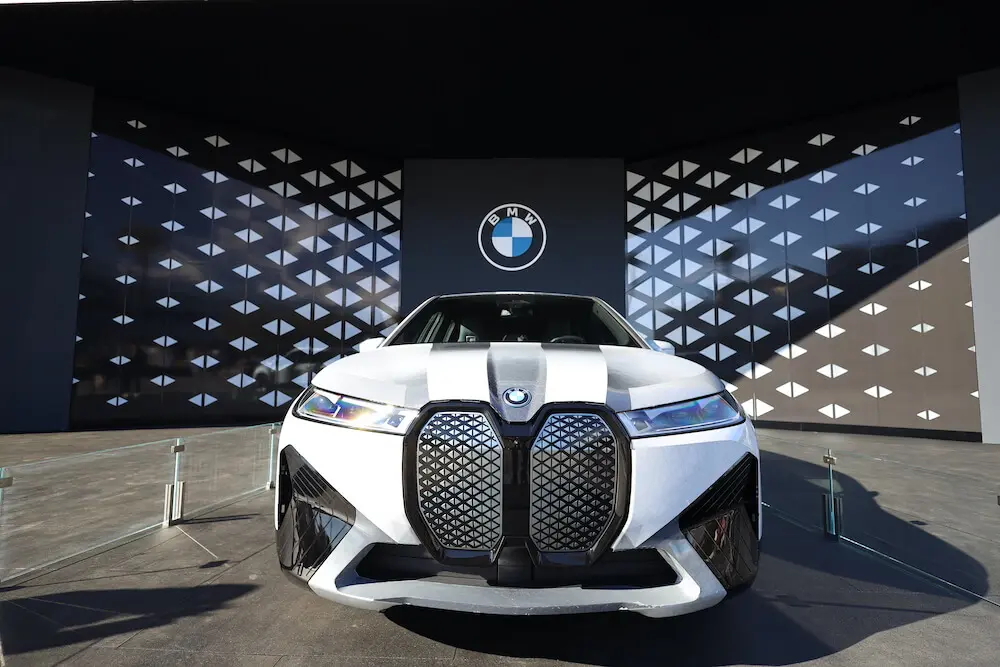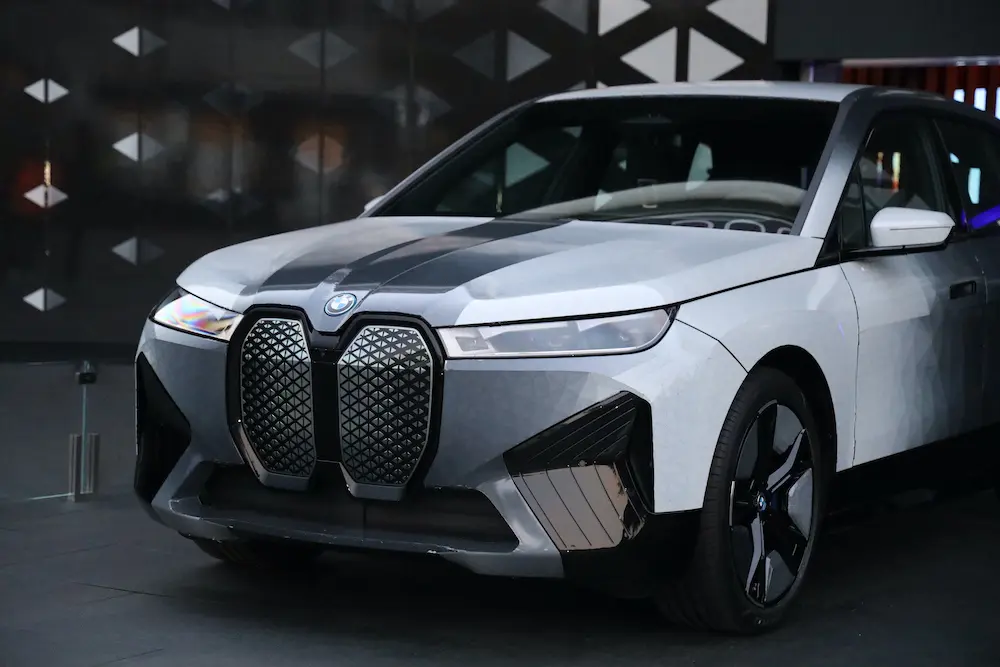BMW made a car that can change colour—this is the iX Flow
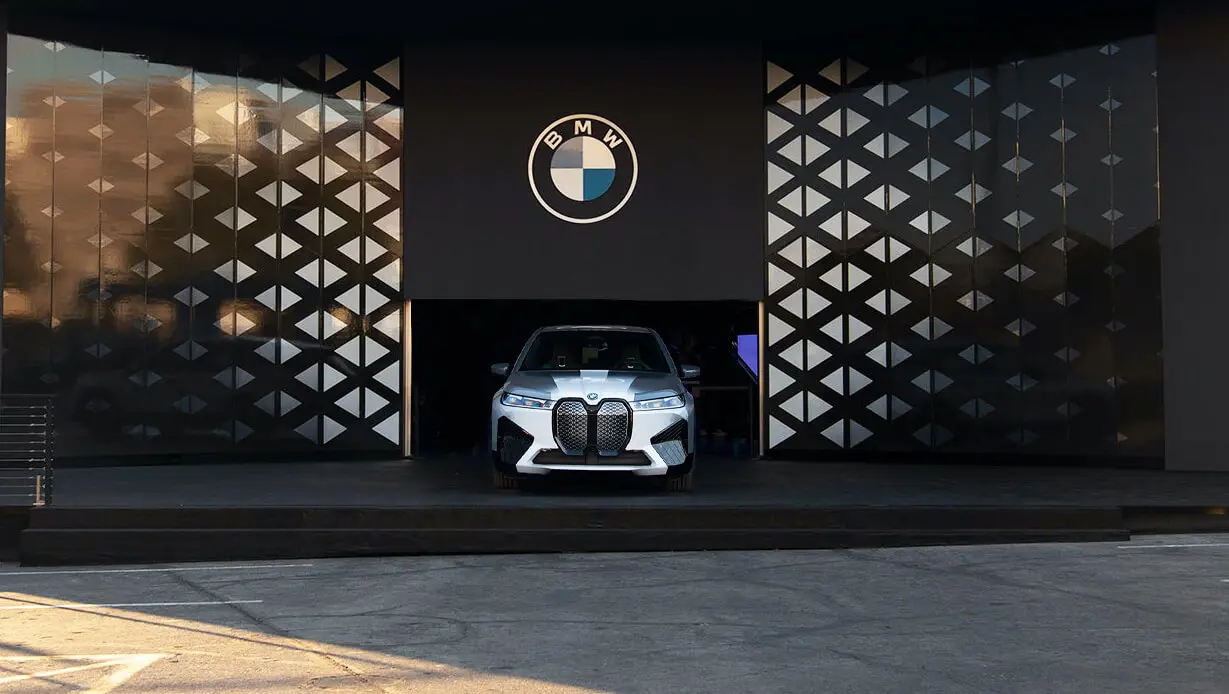
The car features an “ePaper” which, when charged with a small electrical current, changes colour and pattern.
Okay, the colour selection is limited to black, white and grey for now but it’s a technological feat no less. German carmaker BMW has unveiled the world’s first “colour-changing” car at the Consumer Electronics Show (CES) in Las Vegas.
The change of color is possible thanks to a specially developed body-wrap finish that conforms to the contours of the car. It is made from an electronic film, or e-paper, which can be stimulated by electrical impulses, to bring different color pigments to the surface. The technology is known as electrophoretic colouring, which is most well-known for its use in eReaders, like the Kindle for example.
The surface coating is made up of different segments, each containing many millions of microcapsules, with a diameter equivalent to the thickness of a human hair. They contain negatively charged white pigments and positively charged black pigments that enable the colour change.
To mould each segment to the car, a triangle mesh pattern that uses a generative algorithm, was laser-cut into precise sections. After the segments were applied, the entire body was warmed and sealed to guarantee optimum and uniform colour.
Discover more innovations in mobility design, don’t miss BMW’s first electric bike, a futuristic two-wheeler with mammoth speeds.
Car personalisation that’s good for the planet
“This gives the driver the freedom to express different facets of their personality or even their enjoyment of change outwardly, and to redefine this each time they sit into their car,” says Stella Clarke, Head of Project for the BMW iX Flow featuring E Ink. “Similar to fashion or the status ads on social media channels, the vehicle then becomes an expression of different moods and circumstances in daily life.”
This isn’t just a gimmick, although it is super cool. Beyond letting the driver match the car to their personal style, BMW also puts forward the argument for increased efficiency as a result of different exteriors.
High outside temperatures can be tackled with a lighter colour and in cooler weather, a dark outer skin can help the vehicle to absorb more warmth from the sun. In both cases, selective colour changes can help to cut the amount of cooling and heating required from the vehicle’s air conditioning and therefore reduce energy consumption.
Curious to know more about designers innovating and shaping the automotive field? Don’t miss “We’re interested in the future of reality, not in a fantasy of the future” – Interview with Lowie Vermeersch


